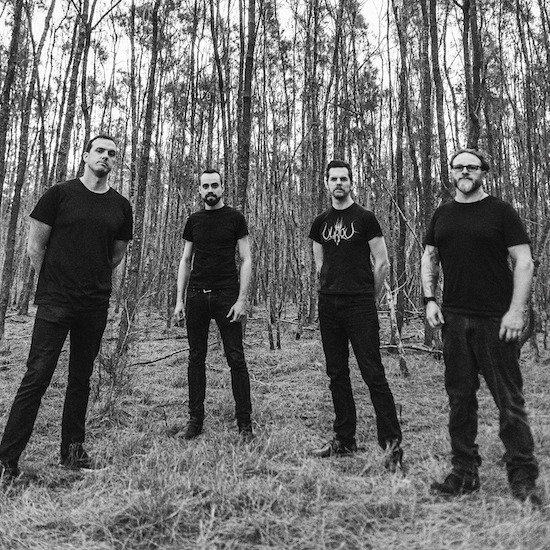
(In this extensive and enlightening interview Comrade Aleks checked in with Dale J. Williams, vocalist/guitarist of the fine Australian black metal band Vyrion, whose latest album Nil arrived last year.)
Vyrion’s track premiere… how long ago was it announced here? October 2020? I remember clearly how this black metal song from Australia stuck in my mind with its hard and solid delivery and minimalistic yet expressive artwork. I still believe that the visual side of any album is absolutely important, and Vyrion’s latest album Nil has it.
Also this band is one of the rare kind who prefer bigger concepts behind their stuff than medieval deviltry and church-burning, so I would point to intellectual lyrics as another of Vyrion’s merits. Actually there was no news from the band since the Nil release, and I sent them a message to see if they could answer a few questions for NCS. It’s the band’s founder Dale J Williams (vocals, guitars) who answers our call.
******
Hi Dale! How are you? What’s going on in Vyrion’s camp?
Hi NCS, I’m well, as is Vyrion. We’re taking a breather after finishing Nil. Nil was a six-year journey for us with a lot of writing, recording and refinement and we’re proud to have completed it, though we released at a complicated time where shows weren’t really an option. We’re just now looking at what it might look like to tour upon it, work on expanded releases, and get back to being a band.
I’ve found only that “virion” is one of a virus body’s elements. But I bet you put another meaning into the band’s title. So what does “Vyrion” mean?
That’s where it began. As a younger band we were fascinated by historical sicknesses and plagues, and some of the original material we wrote was based around that. As we’ve grown, our tie to the theme has become less literal. To us now, Vyrion is about tragedy and triumph applied to societies; about the ultimate power of chaos and about the strength of those who rise to meet it.
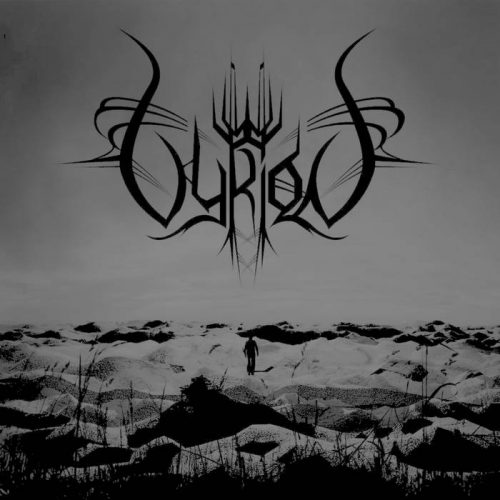
I’ve found a four-year-long gap between the band’s debut EP Moonlit Murder (2007) and the following full-length Vyrion (2011). That means you spent around four years making Vyrion’s debut self-titled album. What slowed you down back then?
We didn’t consider our time prior to the first album to be slow – we were always playing shows and writing – in many ways we were more active during that period. But it took us a while to figure out how to get our sound and story to the right scale and to make sure it was big enough. We’ve always had a strong songwriting and storytelling focus and it took some time to get to the stage where we were earnestly able to convey worlds with their own themes, cultures and problems. I think we’d probably approached that on the first album but it only started to feel right from our second album, Geo.
Speaking about shows – were you a part of the Australian black metal scene back then? How often did you play live?
We were a part of the general metal scene back then, as we are now. Australia’s Metal community is enthusiastic but scattered – this is an enormous, sparse country with thousands of kilometers between cities. National tours feel like major feats of endurance and many bands tend to avoid touring. As a result, smaller, more generalised local scenes tend to prevail: a lot of Black, Thrash, Death, Heavy and even Punk and Hardcore bands share the same venues, fans and gigs. We’ve toured locally a few times but prefer to play spot shows in the capitals or at home in Brisbane. We enjoy it for what it is, and there’s some great musicians to share it with, but any representation from a particular genre probably looks more coherent from the outside than it actually is.
Vyrion’s material demonstrates a progressive approach to technical black metal, and the material sounds quite complex. What were your main influences which helped to shape Vyrion?
During the writing of that first album we were listening to a lot of Black Thrash and touring with Death Metal bands while discovering, writing and rewriting our music. We’d always planned to take the four-piece format and drive the sound as wide as possible, while keeping it honest, so we wrote in service of that. There’s elements of Black, Thrash, Death, Folk and Blues littered throughout the album – but it tries not to make the transitions feel sudden or unearned. Although we don’t revisit it as much as our later stuff, we’re often pleasantly surprised when going back to it – though we definitely feel more connected to everything that follows.
Vyrion’s sound (with all its nuances) is based on black metal, and black metal often associates with deviltry and different aspects of misanthropic or nihilistic experience. I guess these features weren’t amongst the ones which drew your attention to the genre. Which black metal aspects do you see as pillars of Vyrion?
We’re thematically nihilistic and personally anti-theistic – so societal devastation following religious rule has probably been one of our most recurring narratives. Each of our albums has ended with the complete destruction of the world, but has taken the time to tackle the philosophies of those within it. We like to tell stories where people’s religious convictions are their undoing while others’ personal convictions are rewarded – but ultimately everything is broken by events outside their control. We tend to write that chaos is the ultimate power in the universe and that those who recognise it can wield it to succeed. We feel that’s a deeper theme that we have in common with some of our favourite Black Metal.
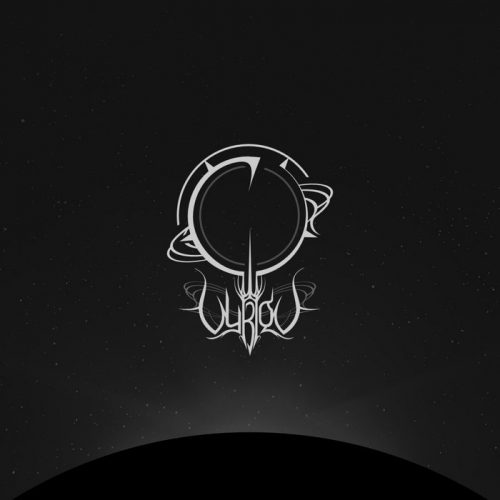
A sophomore album named Geo was finished faster and saw the light of day in 2014. How do you see today the main difference between this stuff and Vyrion?
Geo was a defining moment for us where the size of our sound and the stories we tell finally arrived at massive. Each song was about a different place on a dying planet, on the same day, as it met its destruction, and of the points of view of those within it. The concept was there from the moment we wrote the first song to the moment we wrapped; very little was revised and we were quite pleased with how it came together. It was much clearer in execution due to this consistency in vision and it helped that we’d learned what we did the first time around. It was the easiest album to write, as the result was always clear in our minds.
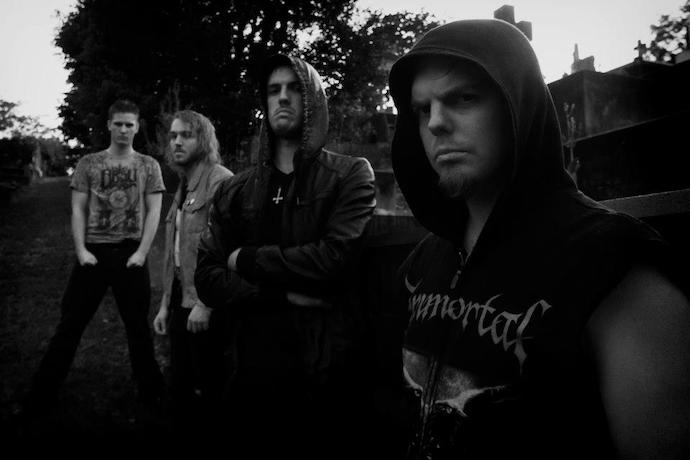
You released Geo in the DIY way, and yet the CD-edition has a 24-page art booklet. What pushed you to release the album with such a solid figuration? And do you aim to re-release it?
The artwork for Geo was created after the instruments but before the lyrics. Each song on the album was created in the same fashion: instruments, art, title, lyrics, then vocals, followed by production and release – always in that order, one song after the next. It was chaos, dramatically different to how we’d worked before, but it was unique and led us down some interesting paths. As the art was a key part of the process, we felt it was essential to deliver it along with the music. We wouldn’t change a thing – the original is still the definitive edition and we still keep it in stock.
I see that all three of Vyrion’s albums, including Nil, were released by the band. Wouldn’t you like to collaborate with a label, or do you feel you do everything right from production to promotion without any outside help?
We don’t need to work alone but we do like to take our time. I consider production and songwriting to be two sides of the same coin, and often like to experiment with each step until I find a process that suits. The things that worked for Geo were different from the things that worked for Nil, so it’s good to be able to take a holistic approach in the studio. Distribution is something I’m less enthusiastic about but releasing on our own schedule has meant we’re able to write our music for longer. It does, however, mean that we probably don’t do enough advertising. Hey you, reader, buy our shit.
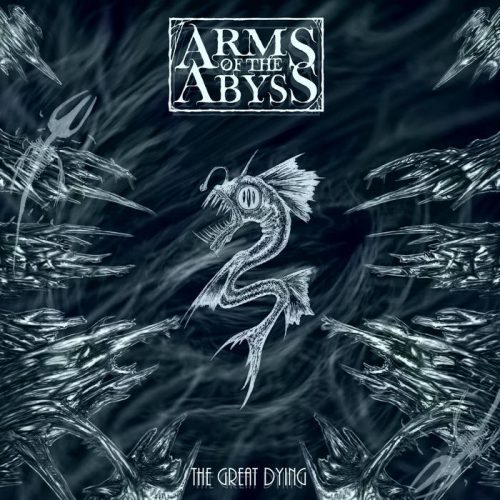
Dale, in around the same time you and Mitch, alongside Tim Smith, your colleague from Tower of Fire, started another band — Arms of the Abyss — a band with a really unusual concept behind its only album The Great Dying. Did the album’s concept appear first?
I don’t often get questions around AotA – so here goes: The concept behind The Great Dying was developed alongside the music and grew organically around the music over time. The concept surrounding the warring land and sea civilisations was heavily inspired by Lovecraft’s writing and the K.T. Extinction Event – and was born to wrap around the sound of the band. Mitch and Tim did most of the lyric writing for that album and I was very pleased with how it came together.
Do you and the other guys plan to return Arms of the Abyss to life?
Although we continue to make music together in some forms, Arms of the Abyss as it was on that album doesn’t have any plans to return in that form. If you’d like to hear more of our members, Tim has a release with Malignant Aura coming out soon that AotA fans should check out – otherwise Graveir and, of course, Vyrion are where you can hear more from Mitch and I.
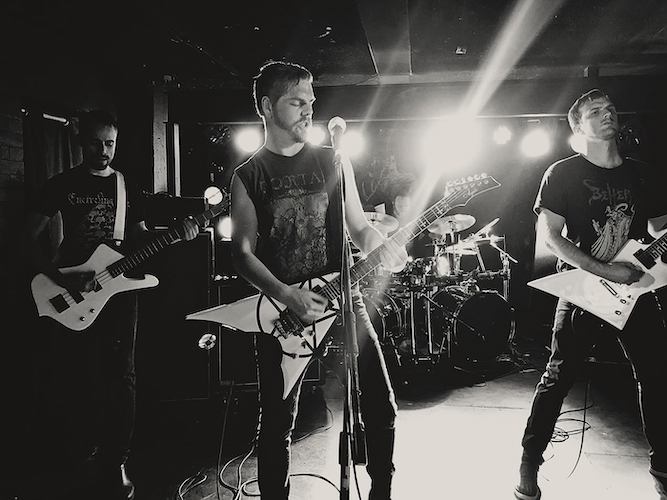
How was the concept behind Nil born? Did you work it through before the pandemic? It reminds of The Great Dying concept a bit.
The first song from Nil was ‘Monuments’, penned in 2015. In the story of ‘Monuments’, an authoritarian force erects humongous statues and employs a skilled military force to oppress, intimidate and rule a city of broken peasants. Eventually a disease breaks out and the military burns the city and flees. That disease is the seed that brings about the end of the world in Nil.
The song was inspired partially by the fires of Ancient Rome and partially by the bubonic plague, but also by imagery of the statues of dictators such as Stalin and Hussein in more recent times. We decided pretty early on that ‘Monuments’ would be the turning point for the album – that everything that came before would contain warfare and everything after would decay. It just happened that real life decided to follow along.
So, it was written before the pandemic and after The Great Dying and neither really affected the result.
Such a story demands a proper booklet. Were the Nil editions done in same way as Geo? And how did you come out with such impressive artwork? It’s just a killer piece, very symbolic and strong.
Thank you. The Nil artwork is actually a three-dimensional, interactive scene – the skulls the Spartan stands upon were laid using realtime physics, and the pointillist appearance was achieved by writing custom shaders. As the album is more focused on personal accounts of war, I felt it was important to capture it as vividly as I could. We plan on releasing a physical version, along with a few other surprises – though we’re not ready to announce a date just yet.
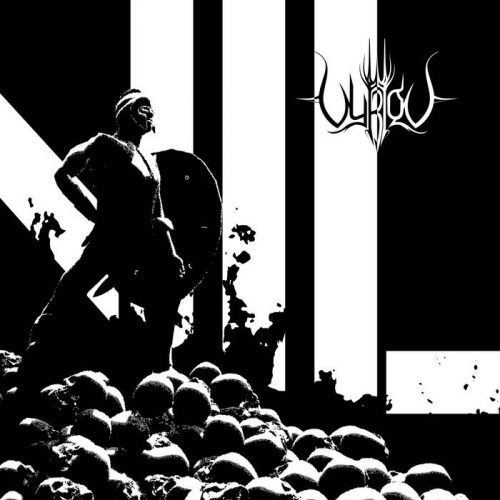
Nil seems to be Vyrion’s most complex and technically intense album up to now. What kind of difficulties did you face during its recording?
Recording and production for Nil was again handled by myself. It was a more difficult journey because of how pleased the band was with Geo. The amount of writing for Nil was more substantial by at least twofold – I think we wrote and recorded more than two full albums before we wrapped on Nil – and there were more than ten versions over the last few years. Early versions of Nil sounded more like Geo, but ultimately we felt like we needed something angrier, darker and more triumphant. So even though ‘Monuments’ arrived early, and underwent few changes, it took time to find the right story to fit it in and the right songs to tie it to. Nil is, as a result, the most consistent we’ve ever been with a story and theme that, we feel, is both stronger and more engrossing.
When may we expect a new chapter of Vyrion’s story?
I’d like to say in less than six years but that’s what I said last time. We shall see.
Thank you.
https://vyrion.bandcamp.com/music
https://www.facebook.com/vyrion

Cool. I didnt know about this excellent band. Lyrical themes are really intriguing. They remind me of one of favorite bands: 1914. One thing though, the vocals seem mixed deep in the background. I wish they were more up front, cause the vocalist(s) is really good.